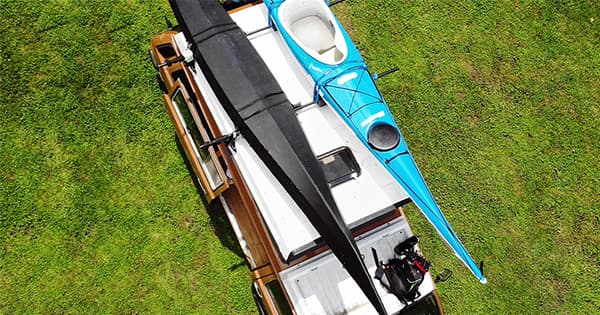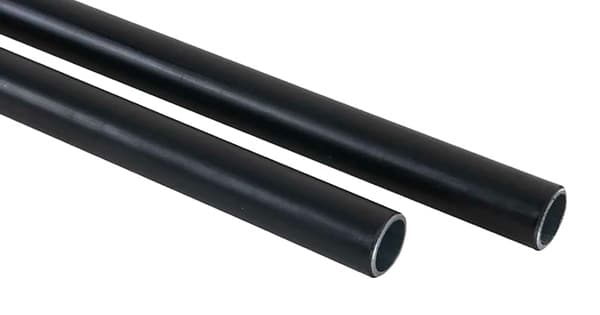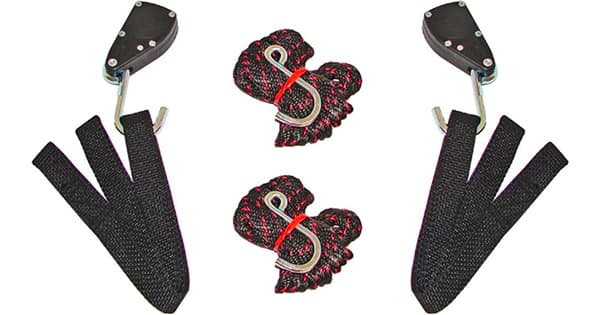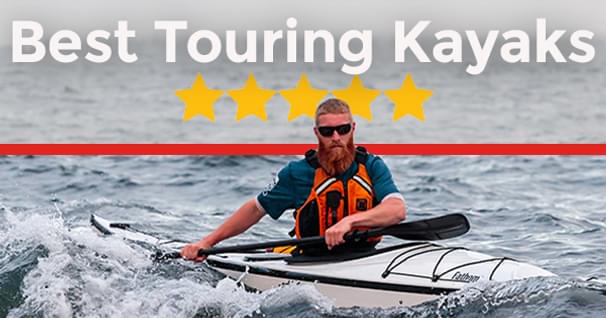Kayak Transportation Tips and Tricks
After lots of research, maybe some classes, maybe some demo days, or maybe after finding the right sale or used opportunity, you finally have your kayak at home and are ready to go. Now what? How do you move it around? How do you get it on your vehicle and transport it safely? Here’s some tips that might help.

Some kayaks are easier to move around than others. Some may be light; others may be bulky and heavy. Most kayaks come with handles or toggles at the ends. If possible, having someone help you share the load will make a big difference when carrying the kayak at the put in, or loading it onto your vehicle. But if you need to move it by yourself, remember to lift with your legs and try to keep your back and shoulders safe. For lighter, sit-in kayaks, you can try to rest the edge of the cockpit on your shoulder. There’s usually a spot that allows you to balance the kayak – and for extra padding, you can use your PFD’s shoulder strap below the cockpit’s edge. Similarly, you can opt for using a kayak cart to move it around. They come in all sorts of types and sizes, some can even come apart and fit in your kayak’s hatches while you’re out on the water.
Now let’s discuss transporting your kayak to the launch. If your vehicle already has roof rails and crossbars, you’re almost there already.
Kayak Racks
Next will be finding a kayak rack that best suits your needs. There are many types, styles and brands to choose from. You can go as simple as foam blocks, all the way to assisted lifting systems that can help with tall vehicles. Some racks may fold down, some will remain in place (example, a “J” rack). Some even have rollers to make it easier for paddlers to roll their kayaks onto the rack by themselves.
Here’s an example of a set of foam blocks. Notice the cutaway will allow you to mount them on crossbars, and can have anti-slip material on the bottom for use on a naked roof.
Riverside Seattle Sports RS - 14" Deluxe Kayak Replacement Blocks

More Kayak Rack Recommendations:
Roof Rack Systems
If your vehicle does not have roof rails or bars already, there are many rack systems out there as well – whether you have a naked roof, roof rails, or truck bed. For many of these systems the crossbars themselves will be universal. With the right crossbar width, you’ll then be able to pick rack towers depending on your vehicle type. Some will grab onto your roof rails, others to your rain gutters or naked roof. Many brands have online guides to help figure out which of their systems that can fit your make and model. Also, if you change your vehicle later, many of the systems can be reusable by simply changing the towers.
Here’s an example of a roof rack system where you can pick and choose different elements depending on your vehicle.
Yakima RoundBar Crossbars for Roof Rack Systems

More Roof Rack System Recommendations:
- Yakima BaseLine Adjustable Clamp Tower System - Designed for cars without roof rails or gutters
- Yakima RidgeLine Towers - Roof rack towers for vehicles with flush-mount factory side rails
Loading Your Kayak on Your Vehicle
When loading the kayak on your vehicle, having someone help will make a huge difference. As mentioned before, using your legs, and keeping your back and shoulders safe is also a must. If you are using racks that mount the kayaks on their sides, be extra mindful of not leaving the kayak unattended. It might not be fully seated when you let go, or the wind could push it off. It’s a good idea to have the straps ready and within reach before getting the kayak onto the racks.When loading the kayak on your vehicle, having someone help will make a huge difference. As mentioned before, using your legs, and keeping your back and shoulders safe is also a must. If you are using racks that mount the kayaks on their sides, be extra mindful of not leaving the kayak unattended. It might not be fully seated when you let go, or the wind could push it off. It’s a good idea to have the straps ready and within reach before getting the kayak onto the racks.
Strapping Down Your Kayak

Next, you need to secure your kayak down for transport. Cam straps are recommended for this job rather than ratchet straps. Ratchet straps are great for keeping things in place but can be easily overtightened, potentially damaging your kayak. It’s also a good idea to wrap the cam straps through the most secure parts of your setup – for example, the roof rack or rails, rather than only securing them to the kayak rack.
Some cam straps have rubber protection at the clasp, which can help keep your vehicle from getting dings or scratches when loading and unloading. If the straps are making a lot of noise on the road, try giving them a twist or two. This will disrupt the airflow and can usually help quiet them down.
NRS 15' Buckle Bumper Strap Pair

Bow and stern lines can also help keep the kayak in place during transport. These are lines attached at both ends of the kayak, usually at the handles, toggles, or deck lines. You can make them yourself, or sometimes rack systems will include a set with. These can be secured to strong spots on your vehicle. Tow hooks on the chassis or bumpers are good options, and you can check that you’re not attaching them to any areas on the vehicle that can be damaged when tightened (or plastic bumpers!).
Malone Sentry Ratchet Kayak and Canoe Bow and Stern Tie Downs

Before you get on the road, make sure the kayak sits well in place and is secure. For longer trips, stop periodically and check that all straps and lines are still holding well, and nothing might have come loose. Lastly, if you have a tall vehicle, be mindful of the type of setup you have and how much extra height your rack system and kayak may add. After a long drive, it might surprise you how easy it is to forget to keep an eye for low ceilings at a parking garage or even at home.
Paddling is a fantastic sport, hobby, and pastime. However, all kayaks are not easy to handle. Having a good method to move it from place to place can help avoid needless injury, as well as having a reliable transport system on our vehicles can help transport it in a safe and secure manner.
Luke Rovner (Kayak Hipster) is a sea kayak instructor, photographer and filmmaker. Combining his experience as a photo and video professional with a love for kayaking, he started Kayak Hipster with the goal of capturing outdoor adventures and sharing kayaking tips.
Related Articles
We’ve all been there before. All through the cold months we dream of putting the heavy coats and extra…
It was mid-April, circa 2002. There were still patches of snow in the forest. It was one of those days…
This video is a follow up on the discussion of things that always live in our kayaks. First, I want to…
If you've started planning full day-long trips, weekend trips, or multi-day trips on flat, open water,…



